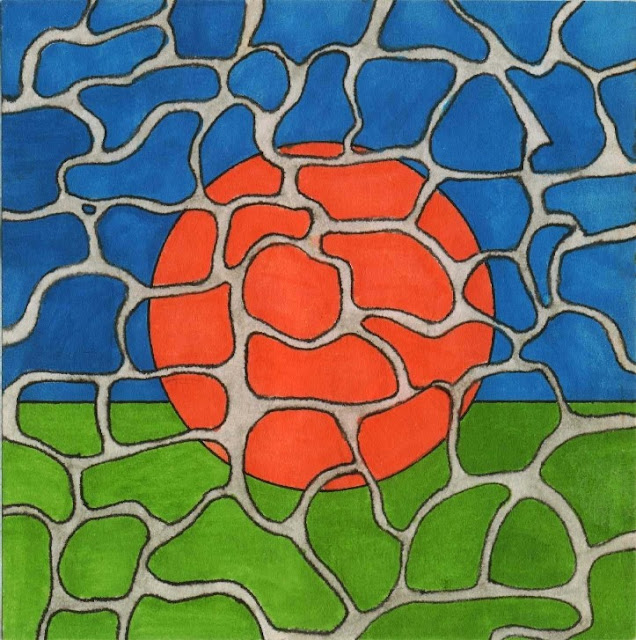"Cells"
Watercolor on paper, 7 Jan. 2006
According to Psychology,
intelligence is an abstract faculty that includes the capabilities of learning
and adaptation, distinct motivational behavior or instinctive reactions. Although the
definitions of intelligence are very diverse, theorists agree that it is a capacity or potential rather than a fully
developed achievement, and has a biological
basis.
It is believed that intelligence as a whole is a combination of the
innate characteristics of the central nervous system of an individual -which
are inherited genetically-, and developed intelligence -which is molded through
experience and learning.
Summarizing the
different existing definitions, we could therefore define intelligence as the
ability of an organism or system to achieve a goal, avoid an obstacle or solve a
need, in the most efficient way in terms of time and energy invested.
If you like this blog, please share it with your friends.
Send them this link: http://neguentropics.blogspot.com.es
Your comments are important feedback - Please feel free to post them
in the box below












